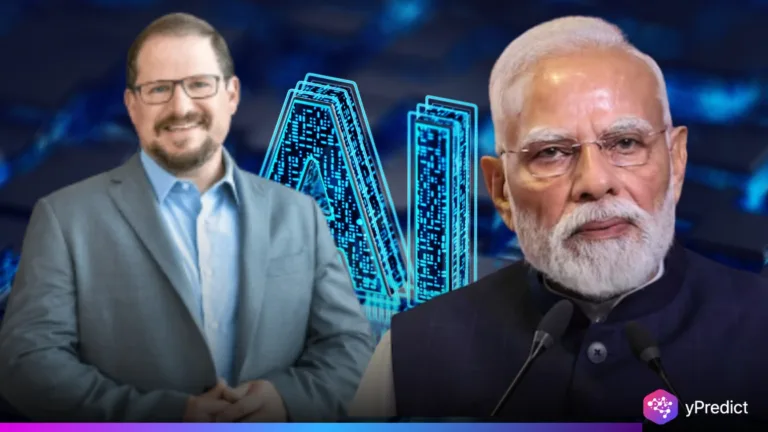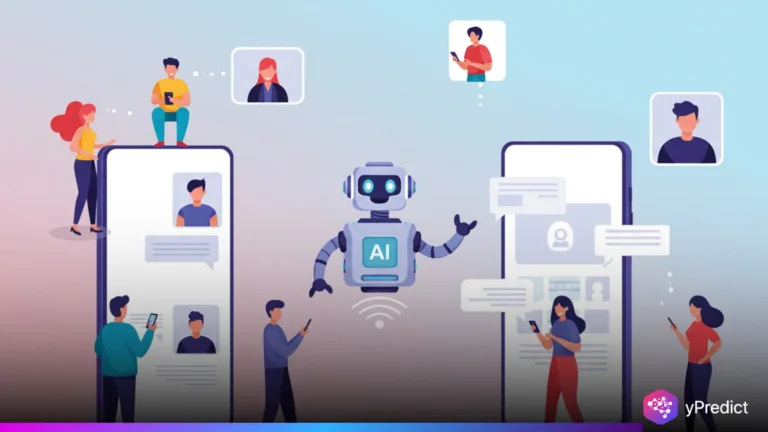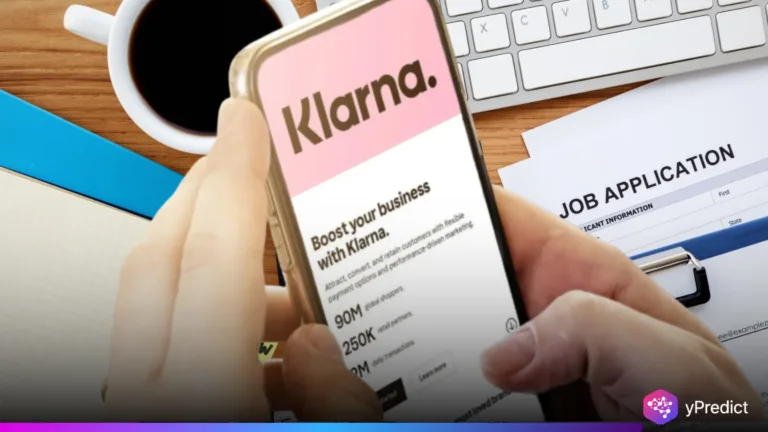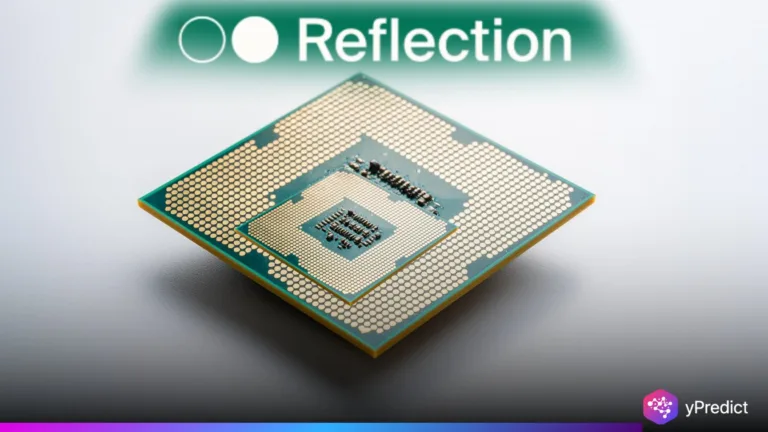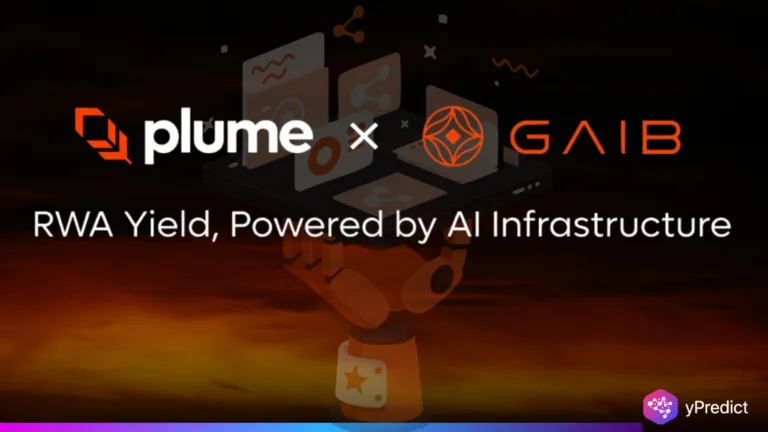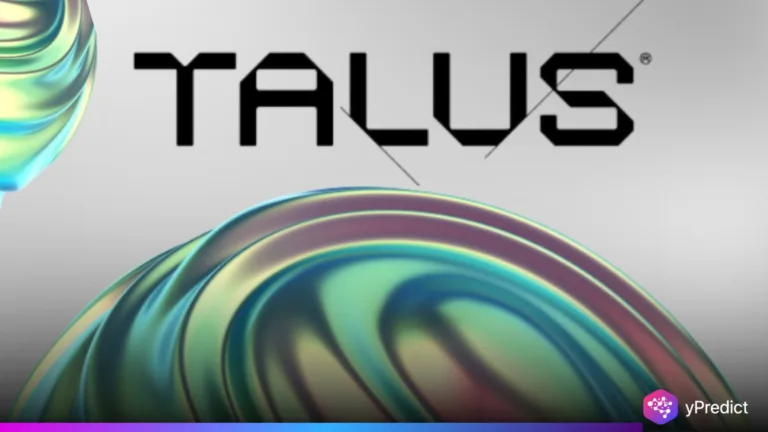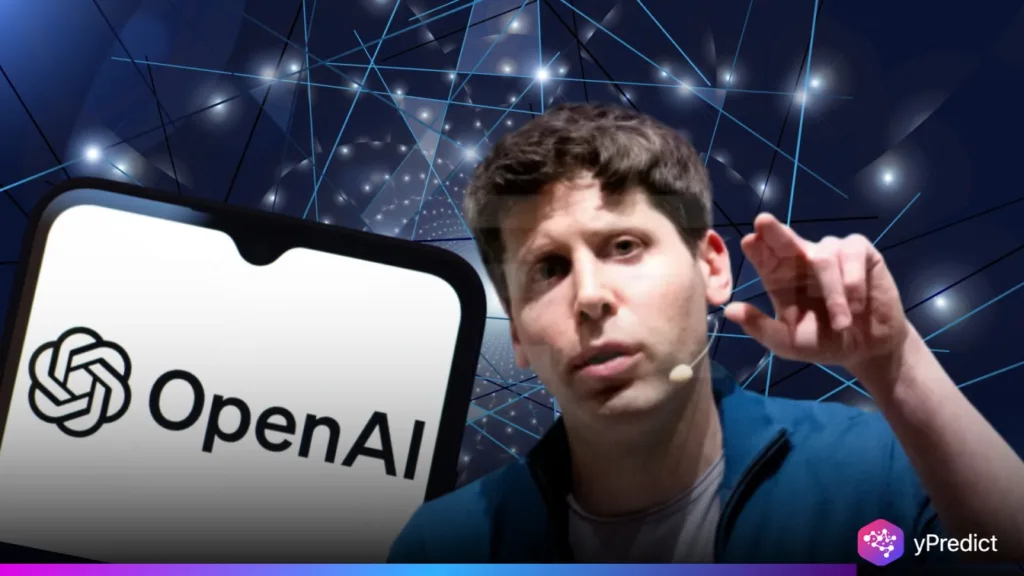
OpenAI is creating a TikTok-esque platform populated exclusively with AI-generated videos. The app, fueled by the new Sora 2 model, will have a vertical feed of short clips, no human creators, just machine-generated content. This is a straightforward play in the social media space where TikTok, Instagram, and YouTube reign. Timings on point: TikTok political uncertainty, Meta and Google race to infuse AI into feeds. The move signifies a change. Social platforms are soon to be shaped less by creators, more by code.
AI Video Feeds, The TikTok Gap
The latter app focuses on Sora 2, a text-to-video model that can generate 1080p videos as long as 20 seconds. This takes the original Sora’s Hollywood-esque video quality and adds higher resolution and longer length. The result? Machine-made infinite scroll feeds. And unlike TikTok, where human creativity propels trends, this app reverses the model: each post is algorithm-crafted.
The timing couldn’t be better. TikTok’s future is uncertain as Washington weighs ownership and bans Donald Trump’s flip, once demanding divestiture, now on board, which contributes to the unknown. That void could be occupied by an AI-first platform.
Industry competitors recognize the same opportunity. Meta just launched its own “Vibes” feed. Google incorporated Veo 3 into YouTube. The battle to own the experience of AI media consumption
Research backs the move. Here’s a 2023 study in the Journal of Computer-Mediated Communication found AI-tailored clips boost engagement by 25%. Millennials and Gen Z, that very same TikTok-addicted crowd, could be the early users. AR filters, music sync, and effects will probably get an AI spin, spawning new trends. If OpenAI nails this, the app could make generative video move from experiment to mainstream entertainment.
AI-Only Content’s Promise and Peril
The advantages are clear — infinite feeds of new, personalized clips, all optimized to a user’s tastes. But the risks? Just as clear. AI makes content creation fast, but also muddies the truth. Virginia Tech flagged this in 2024, cautioning that realistic fakes might quickly proliferate in elections. Sora’s capability to generate almost-Hollywood-level visuals only heightens the worry.
OpenAI says it’s testing safeguards. Red-teaming is there to catch bias and harmful output. But detection tools trail the generation pace. Users are going to have to assist in marking down misinformation. In effect, community reporting is absorbed into platform defense.
Quality is another hurdle. Techwyse guys warned in 2024, though, that over-reliance on machine-made clips could backfire. Feeds are in danger of becoming the equivalent of mall food courts — repetitive, shallow, or unappetizing — without some human spark. To work long-term, the app might require hybrid features, AI serving as a muse, not a substitute. Allowing creators to control prompts, filters, or remix tools might make the system more collaborative.
And then there’s public trust. Folks might be wowed by newness initially. But will they remain, if it all seems artificial? That issue looms over OpenAI’s release. It’s not just about tech power, but about making sure feeds stay meaningful, credible, and fun.
A quiz for AI social media
The TikTok-style app is a risk. If successful, it has the potential to be another way short-form media gets created and consumed. If it doesn’t, it becomes part of the heap of forgotten experiments. Either way, it’s the boldest experiment yet of whether audiences want creator-less feeds. So the Sora 2 upgrade makes the engine. Political uncertainty gives the timing. But misinformation phobias, quality issues, and user confidence persist as barriers. As anticipation and doubt ripple across the web, one thing’s for sure: this launch is not just an app launch. It’s a test for OpenAI and for AI’s future on social media.

